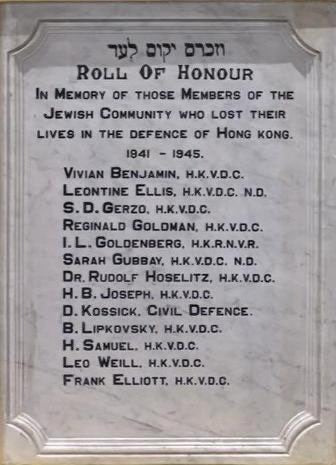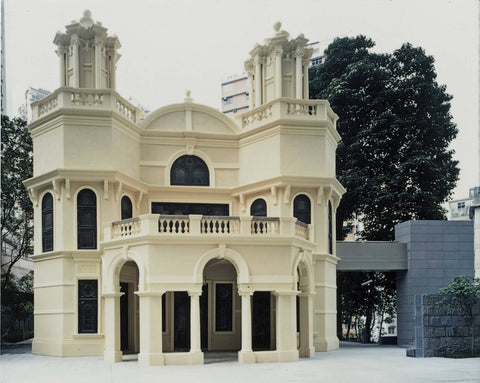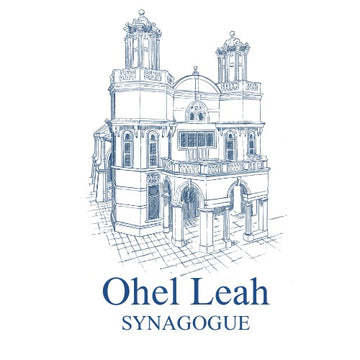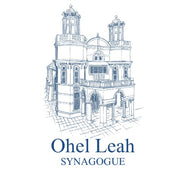Our History
The Hong Kong Jewish Community was formally established in the 1850s in premises leased by the Sassoon family. Building the Synagogue was a project initiated by the Sassoon brothers, Jacob, Edward and Myer. Construction began when Abraham Jacob Raymond, the senior member of E. D. Sassoon & Co, lay the foundation stone in 1901.

Leigh & Orange, a local architecture firm that continues to design many of Hong Kong’s iconic buildings, was designed the Synagogue. The building was completed in early 1902 and formally dedicated by Sir Jacob Sassoon in commemoration of his mother Leah.
We are very proud that since opening in 1902, OLS has been in almost continuous use. There are three periods when we could not hold services. The first was when the Japanese occupied Hong Kong during WWII. At that the Japanese seized control of OLS and placed many community members in internment. A plaque inside the Synagogue commemorates some of the community members who fell in defense Hong Kong during this period.

The second period the Synagogue was not in use was during the renovation that is discussed below. The third period was during COVID when along with other religious organisations we followed the government’s mandates and did not gather for prayer.

Ohel Leah Synagogue in the 1980s
Our Building
Our Synagogue, built in the colonial period, reflects the Edwardian baroque style of architecture that was popular at the beginning of the twentieth century. Two impressive octagonal towers flank the exterior and the interior has a relatively open floor plan that is based on a simple rectangular basilica.

The interior of the Synagogue features polished Aberdeen granite columns, a central bimah that is enclosed on three sides with carved wooden balustrades, and heavy benches made of rich wood provide U-shaped seating inside the sanctuary. These elements reflect the Baghdadi heritage of our benefactors. A women’s gallery runs along three sides of the Synagogue. In more recent years, we made provision for women’s seating downstairs.
Significant wear and tear over nearly a century, as well as a series of ad hoc additions and alterations led to the decision to embark on a large-scale restoration and conservation program. The project commenced in 1996 and was completed in 1998. A formal rededication ceremony was held on October 18, 1998. The restoration received an Outstanding Project Award in the inaugural UNESCO Asia-Pacific Heritage 2000 Awards. We are incredibly proud of our building, what it represents, and its ongoing daily use.

For a deeper discussion of our history, please download our triptych here.

